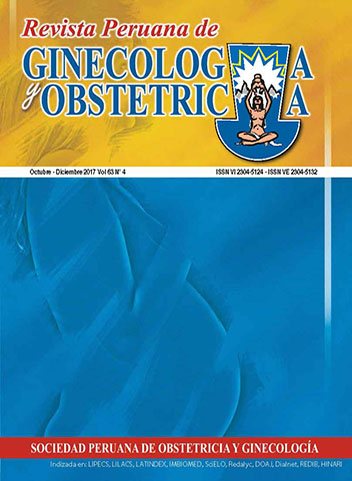Introduction: The adipose tissue an endocrine organ, obesity a chronic disease of increasing prevalence
DOI:
https://doi.org/10.31403/rpgo.v63i2033Abstract
Obesity along with iodine deficiency are conditions that have accompanied man since the dawn of civilization, as evidenced by the discovery in the Willendorf region of Austria of bronze statuettes made 25,000 years ago, representing obese women , known since then as the Venus de Willendorf (1). Hippocrates and Greek doctors observed that obesity entailed a reduction in life expectancy and that obese women have more frequent menstrual irregularities and infertility. Both Galen and Avicenna made descriptions of this disease and it was the Hindu doctors Sushrut and Charak (500-400 BC) who associated it with the presence of sweet taste in the urine (2).Downloads
Download data is not yet available.
Downloads
Published
2018-01-28
How to Cite
Villena Chávez, J. E. (2018). Introduction: The adipose tissue an endocrine organ, obesity a chronic disease of increasing prevalence. The Peruvian Journal of Gynecology and Obstetrics, 63(4), 591–592. https://doi.org/10.31403/rpgo.v63i2033
Issue
Section
Simposio - Obesidad en la Mujer
















